Shorthair Scottish cat: breed description and content
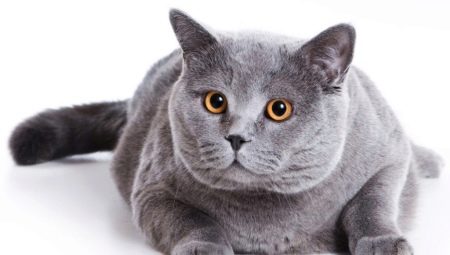
The Scottish Shorthair is one of the most popular and beloved cat breeds in the world.
Description of the breed
Scottish Shorthair cats have appeared recently: in the middle of the XX century. The Fold Scottish cat became the ancestor of the breed - Scottish fold.
In one of the farms, a fold-eared mother gave birth to a kitten with straight ears.Cat Suzy (so the kitten was named) was crossed with a purebred straight-eared cat. So a new breed was born called Scottish straight.
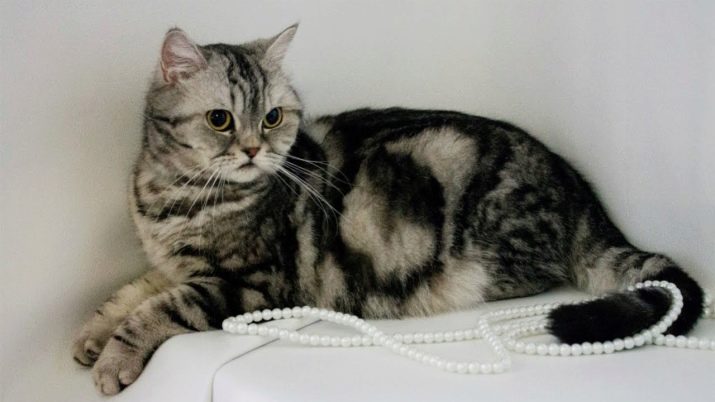
According to world standards, a true shorthaired tartan looks like this:
- the body of the animal is strong, cylindrical, but not as powerful as that of British cats;
- paws are long, graceful;
- the neck is strong, elongated;
- the tail is rather long, without bends and wrinkles;
- the head is rounded with a well-defined chin;
- ears of regular triangular shape, set wide apart;
- eyes are round, large, green and yellow, sometimes blue;
- the cheeks are rounded, prominent, with a chic mustache;
- the coat is dense, with a thick undercoat, soft and pleasant to the touch.
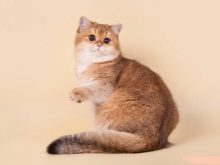
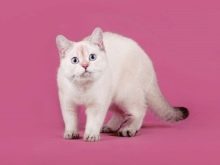
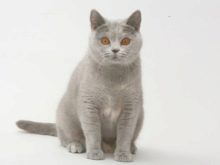
Sizes of an adult cat
Adult male and female cats differ markedly in size. Smooth-haired cats have graceful and diminutive dimensions, cats are large, powerful and big-headed.
The growth of the girl at the withers is usually from 28 to 30 cm, of the male - from 29 to 33 cm. The puberty of the breed occurs at 7-8 months. The average weight of animals during this period is from 3.5 to 4 kg in a cat and from 4 to 5 kg in a cat.
Scots grow up to almost 2.5 years. At 1 year old, a cat can weigh from 4.5 to 7 kg, a cat gains up to 5.5 kg, and by two years old animals reach a weight of 6 to 9 kg.
Spayed and neutered animals often gain even more weight, but this is a deviation from the norm.
These operations do not affect the size of the animal in any way.
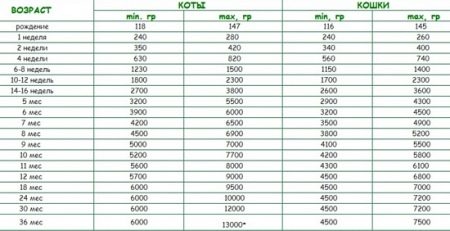
Color variations
Among the monochromatic colors there are:
- White;
- black;
- blue;
- silver;
- ginger;
- cinnamon;
- chocolate;
- lavender;
- cream;
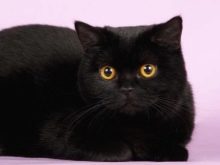
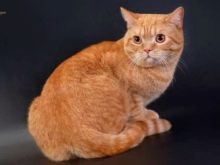
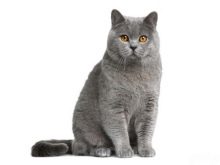
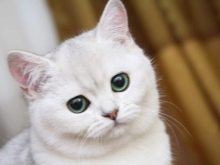
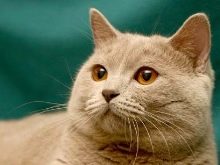
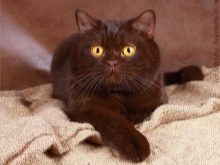
Among bicolors and tricolors - colors where several colors or shades are combined - stand out:
- harlequin;
- color point;
- smoky;
- van;
- tortoiseshell;
- chinchilla;
- shaded;
- ticked;
- tabby;
- part-color.
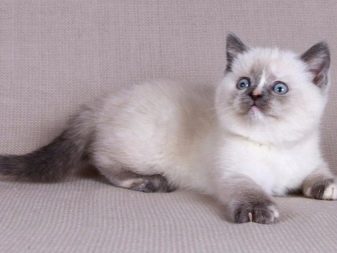
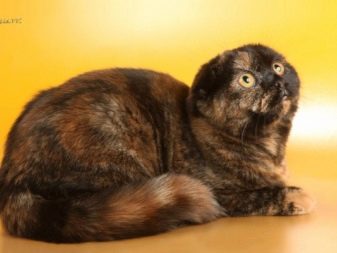
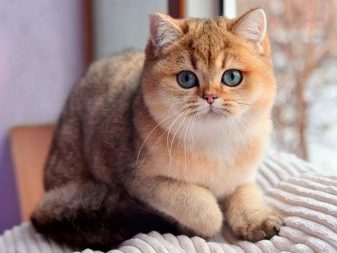
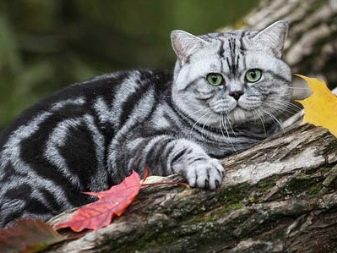
Tabby animals come in a variety of colors. They also come with spots, stripes and specks of a bizarre shape. Differ:
- cream;
- redheads;
- blue;
- silvery;
- brown.
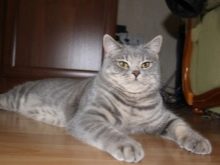
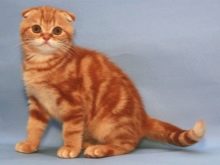

Chinchilla cats are silver and red. The following shades can be shaded:
- silver;
- Red;
- golden.
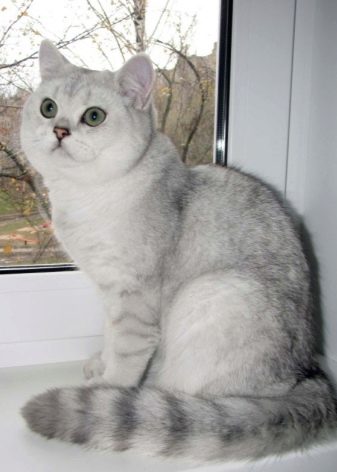
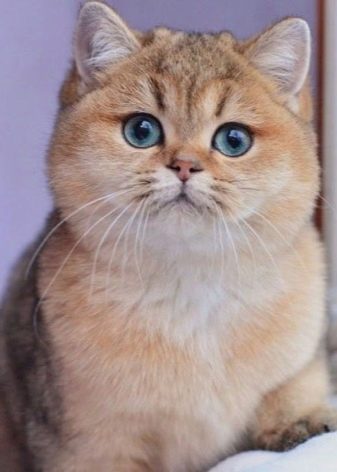
White dominates the harlequin and color point colors. Van cats may have white spots in certain areas. The most rare color is red.
Character
The nature of the animals is good-natured. They do not enter into conflicts, accept other pets, can make friends with children.
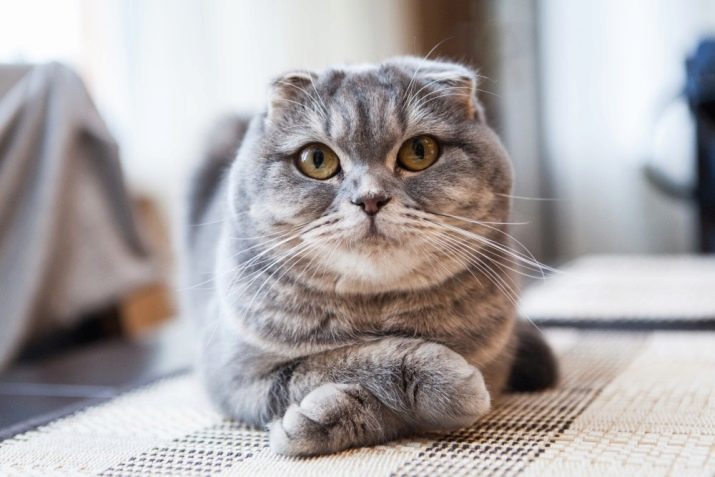
They are proud aristocrats by nature; they do not like interference in their personal space. Without the desire of the pet to take it in your arms, it is impossible to squeeze and stroke it. Scottish Straight demands universal respect for itself and wants to be reckoned with. If the cat wants, she herself will come to the owner, she will be gentle and affectionate.
Cats communicate well with all family members, but do not like strangers. High intelligence does not allow them to scratch, hiss and growl at strangers. All they can do is watch from afar with an indifferent air.
If the guest is interested in the Scotsman, then he will certainly approach him. Representatives of this breed are extremely curious. If a doctor comes to the owner, the animal will take part in his treatment. The cat will definitely come to see how well the master invited by the owners does the repairs, will watch the owner work at the computer or cook in the kitchen. According to the owners, some curious cats enjoy watching TV.
Scots are active and playful. If you wish, you can turn the game into training. The pet will learn to execute simple commands and will do it very willingly, receiving rewards from the hands of the owner.
Unlike the British, Scottish women are not vindictive. They are very attached to the family, they are bored in separation and joyfully meet the owners.
The temperament of the animal is laid by nature. There are active and mobile cats, there are more phlegmatic, calm ones. The nature and habits of pets are influenced by the environment in the home and family relationships. The conditions of detention, as well as proper care, contribute to the development of certain character traits.
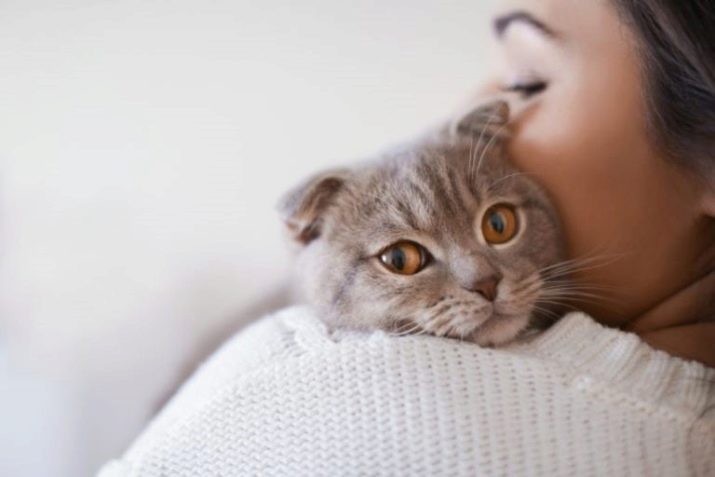
How to choose?
Appearance
When purchasing a baby, you need to pay attention to his appearance - even at an early age, a kitten has external signs of the breed. The fact that there is a true Scottish Straight in front of a person will be prompted by the following signs:
- the shape of the kitten's muzzle is round;
- the ears are straight, small and even, level with the cheekbones;
- the body of the animal is rectangular, slightly elongated;
- the tail is straight, without kinks, in proportion to the body of the cat;
- short, plush coat.
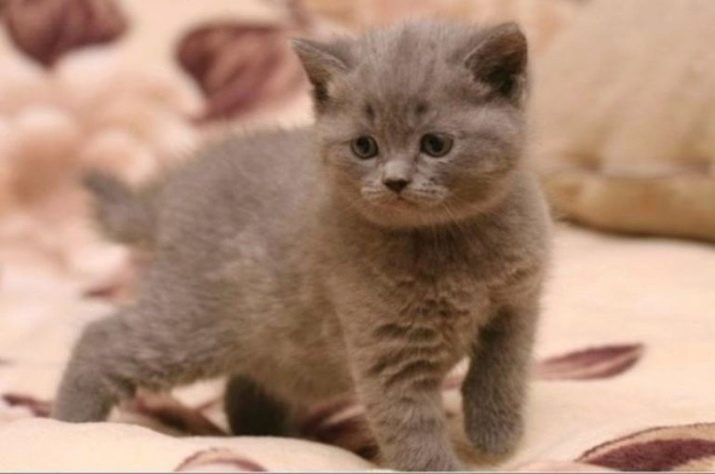
Baby's health is another important selection criterion that should be given due attention. Evidence that the animal is healthy are:
- shiny and soft coat;
- no cloudy or dark discharge from the eyes;
- clean ears, no unpleasant odor or crusts;
- clean anus, soft and painless abdomen;
- teeth without plaque, with a correct bite;
- wet clean nose.
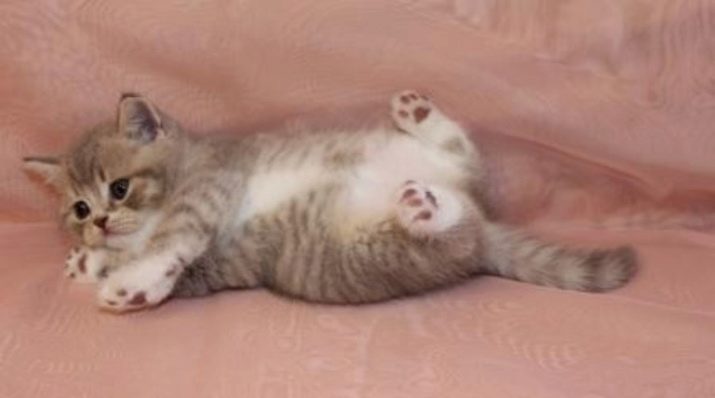
Behavior
If the kitten is active, playful, moves freely, does not lame, then we can assume that everything is in order with him. If you wake up the sleeping baby and invite him to play, then the animal will certainly be interested in the proposed toy.
Cat or cat?
If it was decided to choose a pet, the sex of the animal does not matter. Scottish Straight boys and girls are equally fun and they love their masters.
If a person wants to become a breeder of this breed, experienced owners are advised to buy a cat.
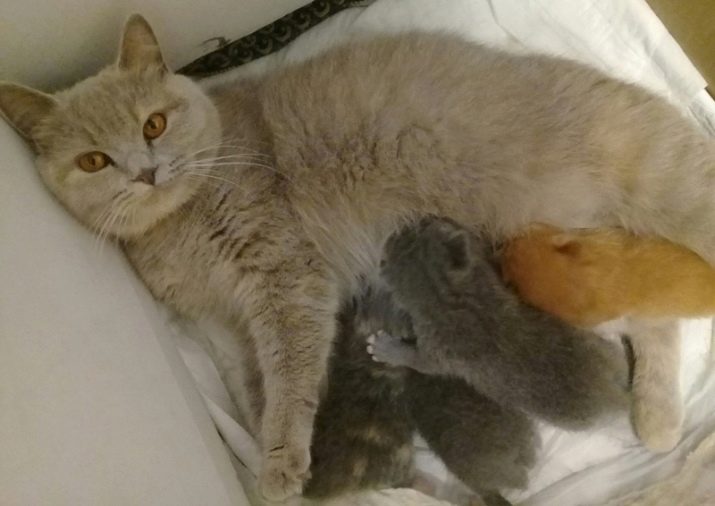
Content
A Scottish Straight kitten is acquired at the age of 2.5-3 months. At this age, professional breeders have kittens socialized: they are accustomed to the toilet, a scratching post, and have undergone the necessary vaccinations. To keep a cat in the house, the owner must purchase:
- scratching post;
- a couch with a removable cover or a house;
- bowls for food and water;
- toilet tray;
- high quality filler;
- claw cutter;
- shampoo;
- special toothpaste;
- massage brushes with bristles and rare metal teeth;
- various toys: balls, fishing rods and other items for cat's play.
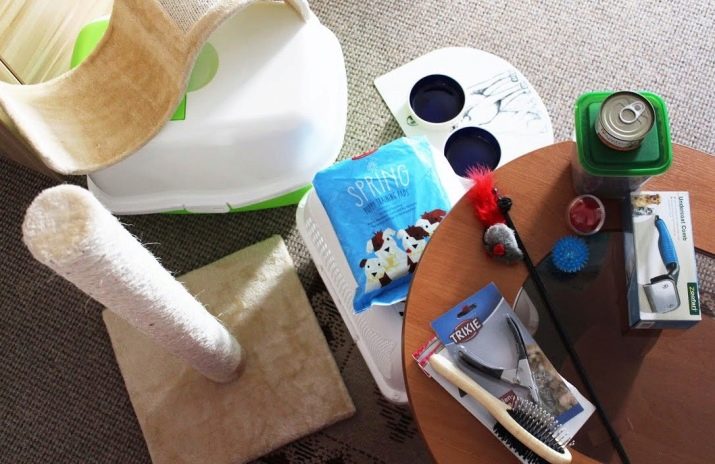
Hair care
The undercoat of Scottish Straights is dense and dense. It is very difficult for a cat to get rid of old hair on its own. Scottish women are very clean animals - by carefully licking themselves, they can swallow a large amount of wool. This leads to unpleasant consequences: clogging of the intestines of the animal.
Will help the cat daily combing.
In order for the pet to calmly endure this procedure, it is necessary to accustom the kitten to it as soon as it gets into the house.
Bathing also helps to get rid of unwanted lint. You need to wash the Scots 2 times a week with a mild shampoo. Cats are patient with bathing.
Some helpful tips:
- it is convenient to wash wool with a rubber glove strictly in the direction of growth from top to bottom;
- you should avoid drafts while bathing your pet;
- do not leave the cat to dry on its own;
- you can blot the plush coat with a damp towel and then dry it with a hairdryer.
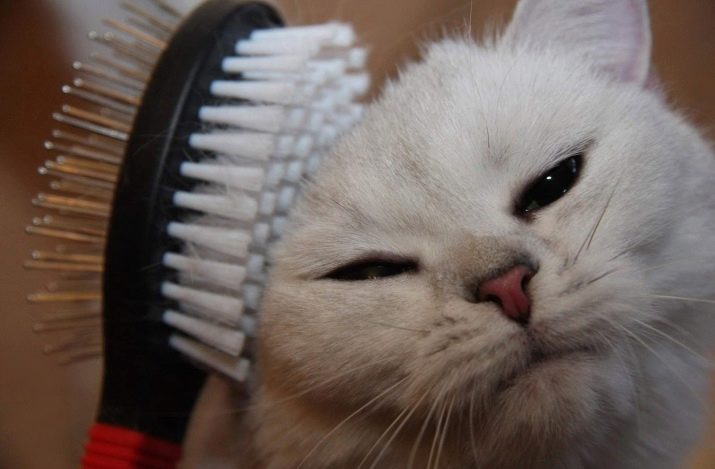
Eye care
- The eyes of the animal are washed with a cotton swab dipped in boiled water, in the direction from the outer corner of the eye to the bridge of the nose. The movement should be soft and gentle.
- You cannot press and rub your eyes. Be sure to use a different disc for each eye (especially if one of them is sick).
- If the discharge from the eyes is cloudy or purulent, then this means that the animal has an infection. You should seek the advice of your veterinarian.

Behind the ears
- The ears of the animal are cleaned with cotton swabs. The inner surface of the ear is processed. It is impossible to descend into the ear canal during the procedure.
- Gentle movements remove dust particles and possible natural secretions. Healthy ears should not contain abundant deposits of secretions, sores and unpleasant odors.
- After the procedure, you should wipe your ears with a weak solution of potassium permanganate or hydrogen peroxide and lubricate with baby cream to avoid the appearance of crusts.
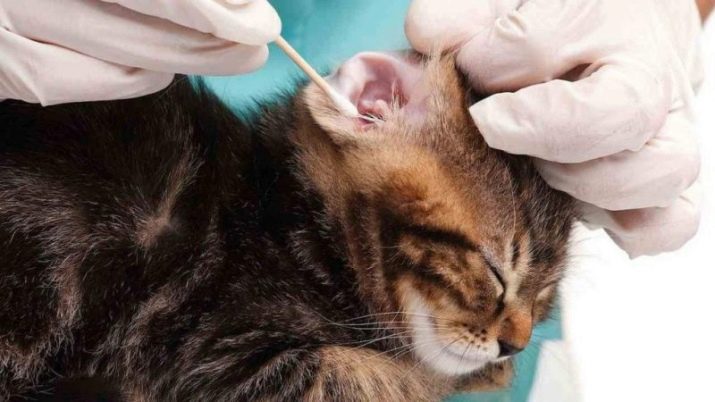
Behind teeth and claws
Dental care is extremely important as it prevents tartar and the possibility of oral infections. The teeth are wiped with a swab dipped in a solution of chamomile and brushed with toothpaste and an animal brush.
Once every two weeks, you need to trim the claws of the animal. This must be done carefully so as not to injure living areas. Then the claws should be disinfected with a solution of potassium permanganate. Timely it is necessary to give the animal medicine for worms and treat it with a flea and tick remedy.
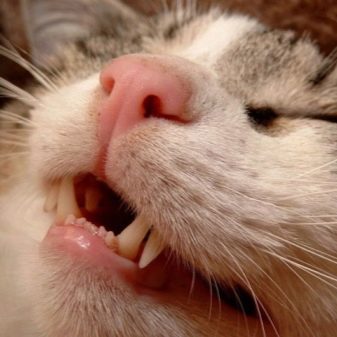
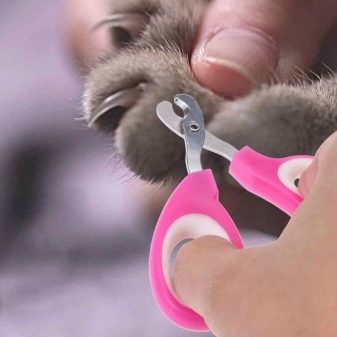
Feeding
The first complementary foods should be introduced to kittens after 8 months. For this, cat breeders use commercial food. This saves time and allows you to maintain a balanced diet.
Industrial feed
Professionals recommend choosing premium, super premium and holistic pet foods. They contain trace elements and vitamins necessary for the health of cats, strengthen the immune system, help prevent urolithiasis and joint disease.
Suitable for both straight-eared and lop-eared pets.
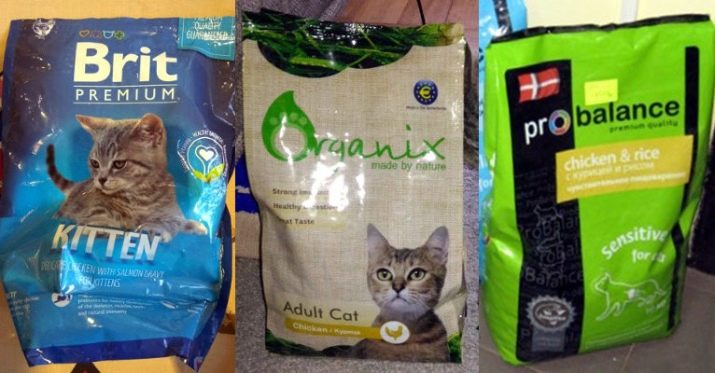
Natural food
If a person fundamentally does not want to feed the animal with industrial feed, then it is worth making sure that the pet's nutrition is balanced.
You can include the following foods in your diet:
- lean meats;
- sea boiled fish;
- low-calorie fermented milk products;
- quail or chicken eggs, boiled better;
- cereals: rice, buckwheat, oatmeal;
- any vegetables except potatoes.
Do not forget to give your pet a vitamin complex. It is advisable to exclude the following products from the menu:
- fat meat;
- milk;
- dishes from your table;
- citrus;
- river fish;
- bones.
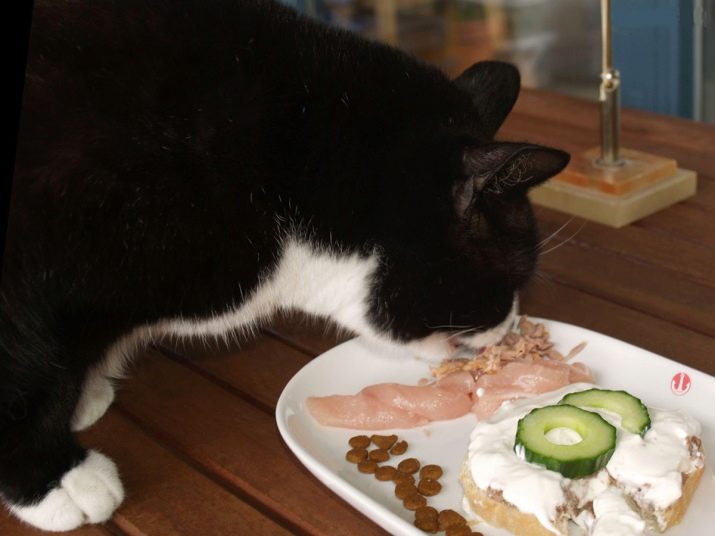
For more information on Scottish Straight cats, see the next video.
































